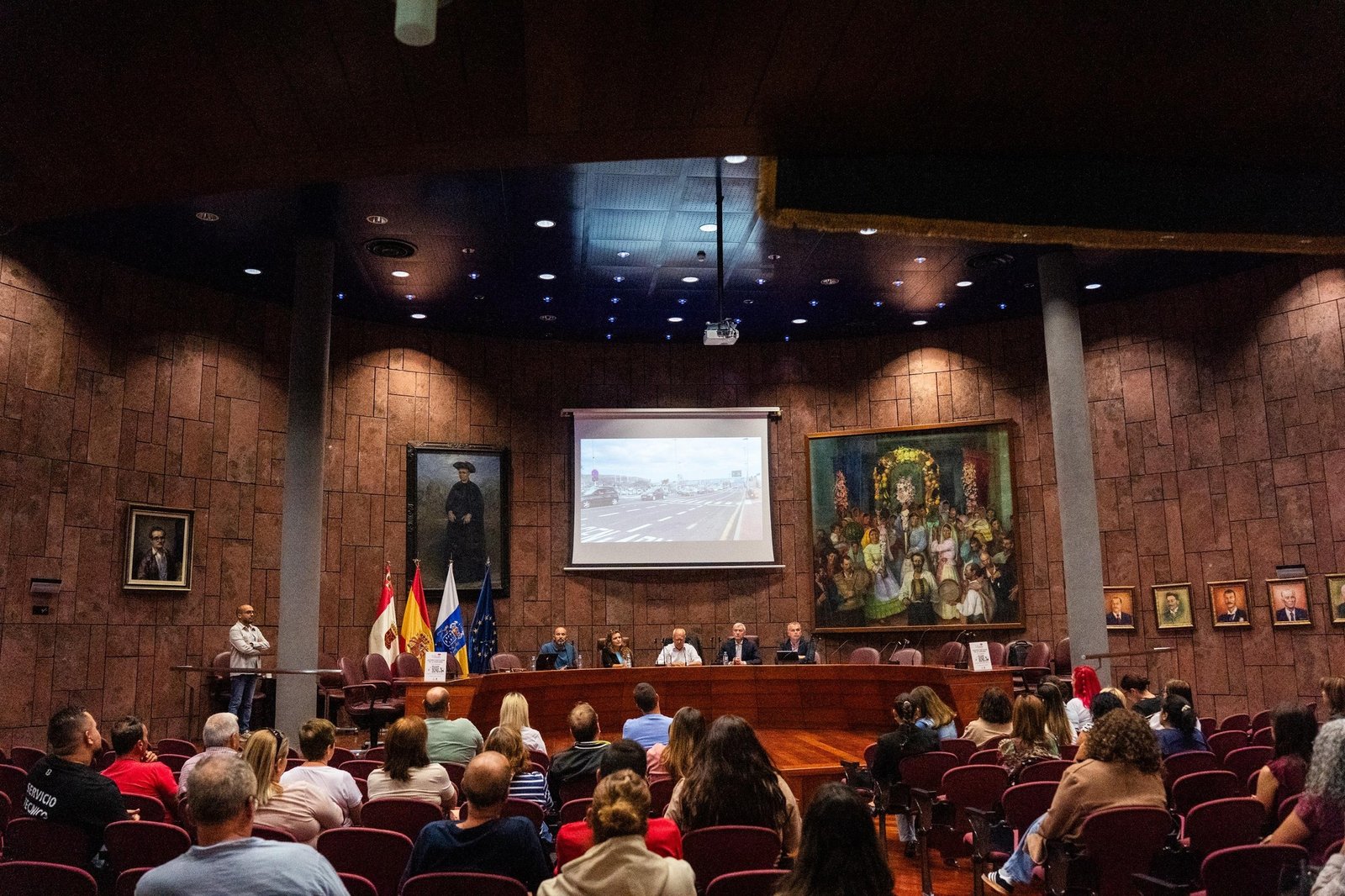
Red Eléctrica has discovered more than 40 relevant archaeological sites and has carried out over 300 heritage actions throughout Spain in recent years as part of its development activity for the electricity system’s transmission network. Among them, five sites from the Byzantine, late Punic, and Roman periods in Ibiza stand out, as well as dinosaur footprints in Soria and the recovery and musealization of Casemates (Fuerteventura).
This was shared on the occasion of the Cultural Heritage and Energy Transition Conference organized this Thursday and Friday in collaboration with the National Archaeological Museum, with over 25 speakers and 200 attendees participating.
Among other findings, Red Eléctrica has recalled discoveries such as dinosaur footprints in Valtajeros (Soria); remains of the Roman city of Isturgi in Los Villares (Jaén); evidence of at least five sites, including a Byzantine necropolis (6th-7th centuries), a late Punic rural settlement, and a Roman aqueduct in the vicinity of the Torrent substation, in Can Malat (Ibiza).
Furthermore, they have also unearthed remains of a Roman villa from the early Christian era that includes evidence of the previous existence of Iberian peoples in the same location, in Sequer de San Bernat, near Alzira (Valencia). Additionally, in Fuerteventura (Canary Islands), they have recovered and musealized, for the enjoyment and learning of society, the only anti-aircraft defense batteries in Spain against Germany, dating back to the Second World War.
According to Red Eléctrica, these discoveries are made because they conduct an archaeological survey of the land before starting any earthworks and design infrastructures with the aim of minimizing any potential impact. Additionally, an archaeologist supervises the works throughout the project’s development.
«In line with its commitment to the territory since its founding 40 years ago, the company also makes this heritage wealth available to society through conservation, restoration, or musealization initiatives, and voluntarily collaborates with museums and public administrations for the digitization of their cultural assets,» they emphasized.
During the opening of the Cultural Heritage and Energy Transition Conference this Thursday, the president of Redeia, Beatriz Corredor, highlighted Red Eléctrica’s commitment to the protection and conservation of archaeological, ethnographic, and cultural heritage as a «fundamental» aspect in the development of the electricity infrastructures it manages.
On her part, the Director-General of Cultural Heritage and Fine Arts of the Ministry of Culture, Ángeles Albert, explained that the Conference «is part of the line of work that the Ministry of Culture is currently developing related to sustainability and cultural heritage.»
Likewise, the director of the National Archaeological Museum, Isabel Izquierdo, celebrated that these conferences, which serve to forge alliances, «represent a valuable opportunity to learn and dialogue about archaeology today and its relationship with public interest topics such as renewable energies, the effects of the climate crisis, or the possibilities offered by technological innovation.»





